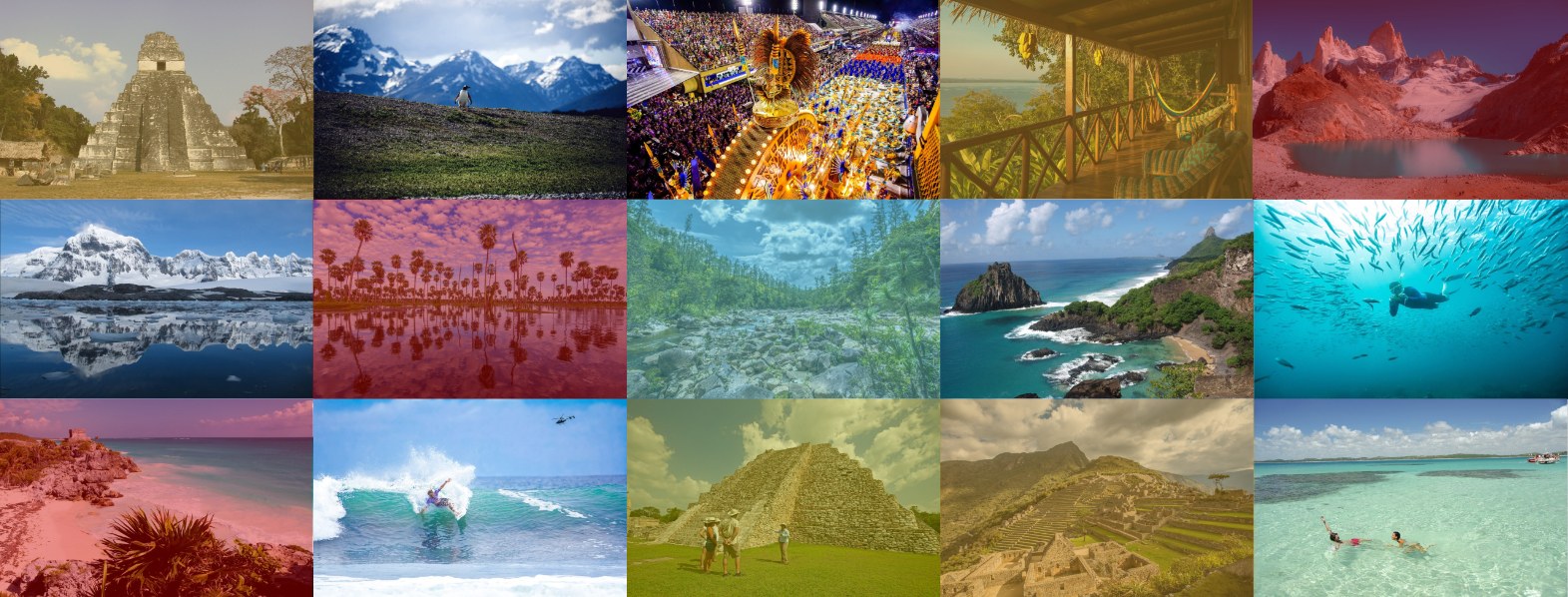Frida Kahlo has been hailed by many as Mexico’s greatest artist.
She was born in 1907 in Mexico City to a German photographer called Wilhelm and a Mexican mother called Matilde. She was the third of four daughters the couple had. When she was little she contacted polio which left her bedridden for the best part of a year as well as leaving her with permanent damage in her right leg.
During her time at college she studied the Mexican artist Diego Rivera who was working on a mural project at the time. He became a source of inspiration in her future work. Later she became romantically involved with another student called Alejandro Gómez Arias. In 1925 they couple were in a serious bus crash in which a steel rail went through Kalho’s abdomen and left her with a broken pelvis, fractures in her leg and a dislocated shoulder. This damage prevented Kalho from ever having children. It was during her long recovery that Kalho began painting, one of which was a self-portrait.
In the late 20’s Kalho met Diego Rivera again and the couple later married. They moved often to allow Rivera to work on commissions. During the early 30’s they lived in San Francisco, New York and Detroit. During this time Kalho’s work became more graphic often referencing her miscarriages and pain.
Their marriage became increasingly troubled. Both Kahlo and Rivera had numerous affairs, for Kahlo this included a number of women. Although Rivera tolerated her relationships with women, the men she has affairs with made him jealous and irritable. This led to Rivera having an affair with Kalho’s younger sister Cristina. She had a brief romance with the exiled Soviet communist Leon Trotsky. Eventually in 1939 Kalho and Rivera divorced only to remarry again a year later. Even after remarrying they lead almost separate lives, living in adjacent rooms.
Throughout her artistic career Kahlo produced over 140 paintings, many of which were self-portraits. She once said “I never painted dreams, I painted my own reality.” She was heavily influenced by indigenous Mexican culture – the bold colours and simplistic style can be seen throughout her work. She often included a monkey which is the symbol of lust in Mexican mythology.
In the late 30’s Kahlo had an exhibition at the Julien Levy Gallery after which she was invited by André Breton to exhibit in Paris. During this exhibition the Louvre purchased on painting The Frame, the first 20th century Mexican piece the gallery had ever bought.
By the 50’s her health was deteriorating. In 1952 her right leg was amputated due to gangrene at which time she also suffered from a serious bout of bronchopneumonia. Throughout 1954 she had a serious of anxiety attacks and increased her morphine consumption to deal with the pain of her health. Her last self-portrait was called “No moon at all” in which she looks extremely frail.
On 13 July 1954 at the age of 47 Kahlo died. This was not unexpected and in one of her last diary notes she says “I hope the exit is joyful and I hope never to return”. Although officially she died of pulmonary embolism some believe she died of an overdose. Her ashes are kept in a pre-Columbian urn at her home – La Casa Azul (The Blue House) in Coyoacan, Mexico City. The house is now a museum showing a selection of her work.
To visit The Blue House and learn about Frida Kahlo start planning your trip today.
RELATED: French artist projects faces of Amazon tribe onto rainforest canopy
Like what you read in this blog? Talk to our travel expert to plan your dream trip to South America
Send message


